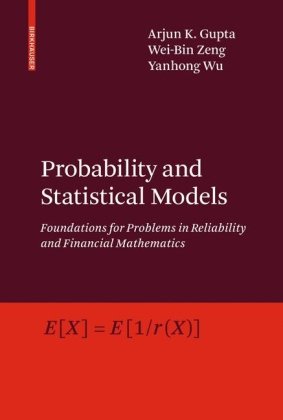

Most ebook files are in PDF format, so you can easily read them using various software such as Foxit Reader or directly on the Google Chrome browser.
Some ebook files are released by publishers in other formats such as .awz, .mobi, .epub, .fb2, etc. You may need to install specific software to read these formats on mobile/PC, such as Calibre.
Please read the tutorial at this link: https://ebookbell.com/faq
We offer FREE conversion to the popular formats you request; however, this may take some time. Therefore, right after payment, please email us, and we will try to provide the service as quickly as possible.
For some exceptional file formats or broken links (if any), please refrain from opening any disputes. Instead, email us first, and we will try to assist within a maximum of 6 hours.
EbookBell Team

4.3
38 reviewsWith an emphasis on models and techniques, this textbook introduces many of the fundamental concepts of stochastic modeling that are now a vital component of almost every scientific investigation. These models form the basis of well-known parametric lifetime distributions such as exponential, Weibull, and gamma distributions, as well as change-point and mixture models. The authors also consider more general notions of non-parametric lifetime distribution classes. In particular, emphasis is placed on laying the foundation for solving problems in reliability, insurance, finance, and credit risk. Exercises and solutions to selected problems accompany each chapter in order to allow students to explore these foundations.
The key subjects covered include:
* Exponential distributions and the Poisson process
* Parametric lifetime distributions
* Non-parametric lifetime distribution classes
* Multivariate exponential extensions
* Association and dependence
* Renewal theory
* Problems in reliability, insurance, finance, and credit risk
This work differs from traditional probability textbooks in a number of ways. Since no measure theory knowledge is necessary to understand the material and coverage of the central limit theorem and normal theory related topics has been omitted, the work may be used as a single-semester senior undergraduate or first-year graduate textbook as well as in a second course on probability modeling. Many of the chapters that examine central topics in applied probability can be read independently, allowing both instructors and readers extra flexibility in their use of the book.
Probability and Statistical Models is for a wide audience including advanced undergraduate and beginning-level graduate students, researchers, and practitioners in mathematics, statistics, engineering, and economics.